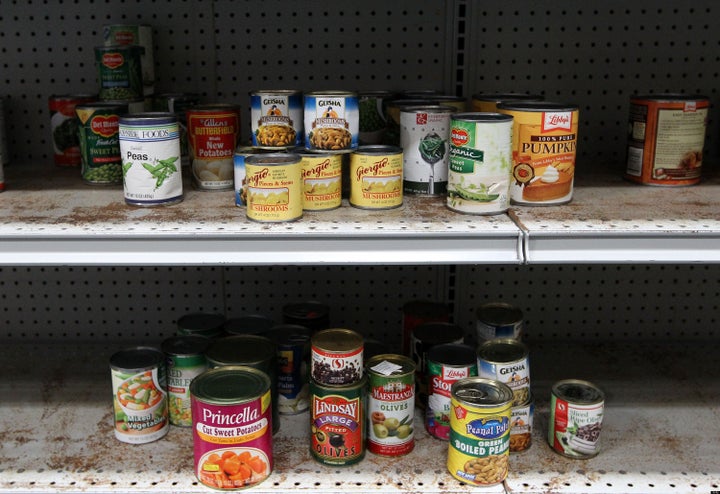
This report comes courtesy of California Watch
By Joanna Lin
More than 14 percent of California households struggled to afford enough food during the economic downturn, according to a federal report released yesterday.
The U.S. Department of Agriculture found that nearly 17.4 million households nationwide -- nearly 15 percent of the population -- were "food insecure" at some time in 2009. Among households with children, more than one in 10 were food insecure.
Although roughly the same as it was in 2008, the prevalence of food insecurity has grown more than 37 percent since 2006, before the recession began, and is at its highest level since the government began tracking the issue in 1995.
The report, based on a survey of 46,000 households, also found very low food security -- disrupted or reduced food intake at some time during the year due to limited resources -- among 6.8 million households, or 5.7 percent of all U.S. households.
Rates of food insecurity were substantially higher among black and Hispanic households, those with incomes near or below the federal poverty level, and households with children headed by single parents, the report found. Food insecurity was more common in large cities than in suburbs and rural areas.
Statewide figures, based on a 2007-2009 average, showed that the prevalence of food insecurity in California (14.1 percent) was not a statistically significant difference from the national average during this time (13.5 percent).
Between 2004-2006 (the previous reporting period) and 2007-2009, food insecurity in California increased by 3.2 percentage points, the report found. Across the country, only Louisiana showed a statistically significant decline in food insecurity over the same period.
For most food-insecure households, hunger was usually occasional or episodic, totaling seven months of the year. For households experiencing very low food security, most did so one to seven days of the month.
The survey showed "a stabilization" in food insecurity since the recession ended, USDA Under Secretary Kevin Concannon said in a conference call Monday. From mid-November to mid-December last year, the final 30 days covered by the survey, very low food security was somewhat less prevalent than in the same period in 2008.
Still, Concannon said the findings underscore the importance of federal and state food assistance programs. From the Los Angeles Times:
'We anticipate that food security will improve as the economy improves,' Concannon said. But 'in the near term, without these benefits, many families would face far more severe problems getting the nutritious food they need.'
The number of Americans receiving benefits under the federal Supplemental Nutrition Assistance Program reached nearly 42.4 million in August [PDF] -- a record high and a 17 percent increase from a year earlier. Among households receiving SNAP benefits, 57 percent were food insecure, the survey found.
In California last year, about 9.4 percent of households received federal or state food assistance [PDF], according to the state Department of Finance.